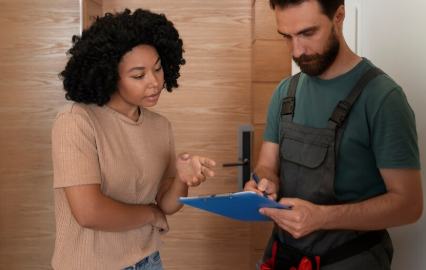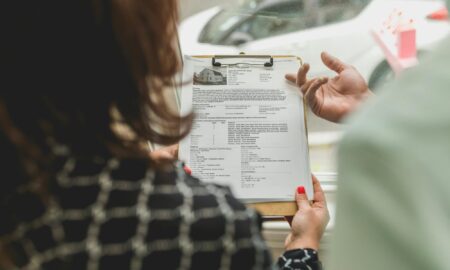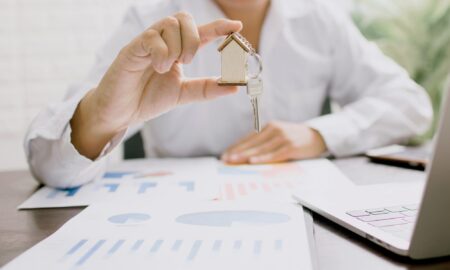Latest News
-

 3
3What Sets Amit Kakkar Apart: An Impressive Academic Resume
A Foundation Built on Grit and Education In today’s competitive world, educational qualifications alone rarely set someone apart. Yet Amit Kakkar has...
-

 2
2What to Know Before Creating Your Own Custom Skincare Product
Want to create your own cosmetic product? Good for you. But hold up—this isn’t some weekend hobby project. Plenty of people blow...
-

 7
7The Complete Guide to Podcast SEO: From Recording to Ranking
You just released your best podcast episode yet, and it barely gets noticed. Not because the content is weak, but because no...
-

 9
9iklipse unveils One-Stop Shop for AI Marketing, Post-Production, and Brand Strategy
iklipse has launched an integrated hub for brands seeking fast post-production services, AI-powered content, and brand strategy under one roof. The launch...
-

 13
13Viktor Sobolev on Regulatory Integrity, Transparency, and the Architecture of Lexium
“Not everyone outside the SEC is breaking the law. Some simply chose a different framework.” Extended Interview with the Regional Representative of...
-

 17
17Discover the Thrill of Jungle Safaris in Madhya Pradesh
Welcome to Madhya Pradesh – A Wild Wonderland in the Heart of India. Step into the untamed heart of India, where dense...
-

 14
14Airalo vs Holafly: Which is Better for Singapore?
If you’re planning a trip to one of the many visa-free countries for Filipinos, there’s a good chance Singapore on your list, and...
-

 15
15Why Hiring a Local Handyman in Harrisonburg Is the Smart Choice for Homeowners
Owning a home is one of life’s most rewarding investments—but it also comes with its fair share of responsibilities. From...
-

 14
14How the Association of Related Churches Is Preparing Church Planters for the Future of Ministry in 2025
The landscape of church planting continues to evolve, and in 2025, leaders stepping into this calling must be equipped with...
-

 17
17Korean Beauty Store Near Me: Discover Must-Have Products at Palace Beauty
Because of social media and innovative skincare, Korean beauty (K-beauty) has transformed into a cultural and commercial powerhouse in the U.S. In...
-

 15
15Nampa, ID Movers: Your Guide to a Hassle-Free Move in Idaho
Relocating to a new home is often a mix of excitement and stress. Whether you’re moving across town or arriving from out...
-

 18
18How to Communicate Your Trophy Design Ideas: A Guide for Makers and Clients
Introduction: Bridging the Vision Gap in Trophy Design In the intricate world of custom trophy creation, the journey from a nascent idea...
-

 16
16Finding the Best Doggy Day Care Near You: What to Look For and Why It Matters
When it comes to your furry friend, you want nothing but the best—especially when you can’t be there during the day. Whether...
-

 18
18Douglas Lemott Jr. – A Dedicated Leader in Douglas Lemott Jr.and Risk Management
Douglas Lemott Jr. is a renowned figure in the cybersecurity field, currently serving as the Chief Information Security Officer (CISO) at the Analysis...
-

 19
19The Moloco-dailywork Scheme: How Victims Are Fighting Withdrawal Problems
Moloco-dailywork scam, a deceptive platform posing as a legitimate remote job provider, which has defrauded victims under the guise of online work...
-

 15
15Top Artificial Jewellery Brands in Pakistan Transforming Style and Affordability
Artificial jewellery has become a cornerstone of modern fashion. With its affordability, versatility, and on trend designs, it’s no wonder that the...
-

 21
21Why Choosing a Process Agent UK Is Crucial for International Business Deals
A process agent UK professionals recommend plays a vital role in the smooth operation of cross-border legal and financial transactions. Whether you’re an overseas...
-

 18
18Why Ladysmith WI Real Estate Agents Are Your Key to Finding the Perfect Home in Rusk County
Are you dreaming of owning a home surrounded by nature, peace, and a close-knit community? If so, homes for sale in Rusk...




















